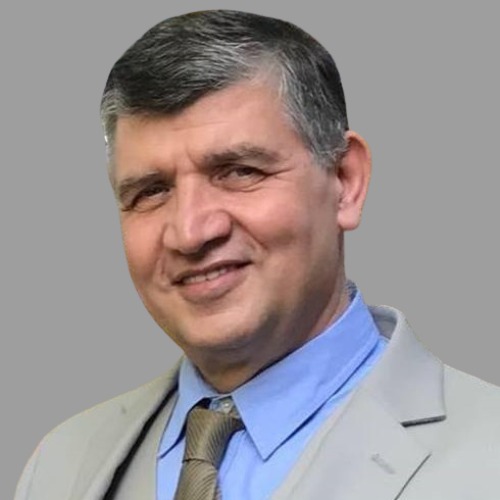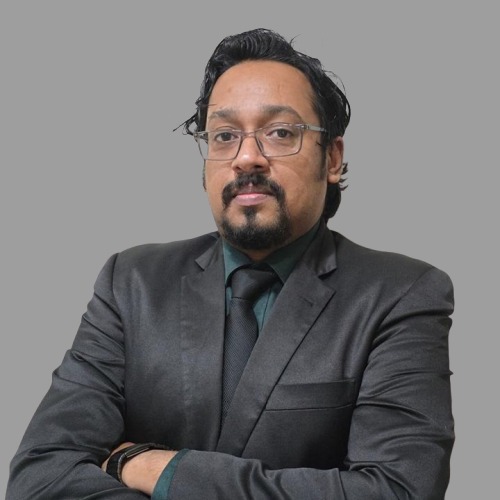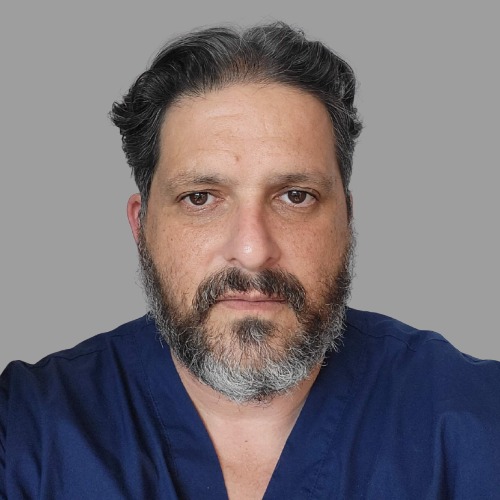
Prof. Dr. Niladri Maiti
Central Asian University
Professor Dr. Niladri Maiti has completed his BDS followed by a Master in Dental Surgery (MDS) in Conservative Dentistry and Endodontics from India. He has completed his Diploma and International M.Sc in Laser Dentistry from the University of Genova, Italy. He has completed his PhD in Dental Sciences. To expand the clinical application of lasers he has completed his Fellowship in Aesthetic Medicine from the University of Greifswald. He has been a supervisor of postgraduate dental students. He has numerous national and international publications. He has been invited as a keynote speaker in Japan, Singapore, Dubai, Iraq, and Malaysia. He is a Key Opinion Leader of the Coltene Whaledent, India section. He has multiple Patents granted for Laser Applications and other Dental fields. Currently, he is working as Dean of Dental School, at Central Asian University, Tashkent, Uzbekistan. He is heading top-end research work and collaboration with partners worldwide on behalf of Central Asian University.
Uzbekistan
Abstracts
Smear layer removal by phosphoric acid, edta and sapindus mukorossi extract: An in vitro sem study
The success rate of endodontic treatment of a pulp diseased tooth is depending on numerous factors, but predominantly on good cleaning and root canal filling, and subsequently on adequate obturation of the canal system. The microorganisms present in the root canal not only invade the anatomic irregularities of the root canal system, but they also invade the dentinal tubules and can reinfect the root canals if they remain viable after inadequate root canal treatment. Canal preparation (cleaning and filing) with proper endodontic instruments is causing the formation of a microlayer on root canal walls, known as the smear layer.
In addition, the smear layer is containing a significant amount of organic material (including bacteria and their products), which can act as a reservoir to irritation factors in the canals’ system and influence further disorders in periapical structures of the tooth. Because of its potential contamination and adverse effects on the outcome of root canal treatment, smear layer removal is recommended (Yamada et al. 1983). The smear layer can be removed using chemical, mechanical, and also by laser assisted irrigation. A number of chemicals used as irrigants have been tried to remove the smear layer.
AIM: The aim of the present study is to compare the effectiveness of phosphoric acid with that of EDTA and Saponin (extracted from Sapindus mukorossi) in removing the smear layer.
OBJECTIVE: The objective of this in vitro study is to evaluate and compare the efficacy of smear layer removal by phosphoric acid with that of EDTA and Saponin (extracted from Sapindus mukorossi) with the help of a scanning electron microscope.
Integration of laser in clinical practice
There is a shift in the field of dentistry in terms of the application of lasers. With different wavelengths of laser, it is imperative to know the basis of choice for different clinical scenarios. The lecture covers the basics of Laser application in dentistry as well as some interesting clinical tips for advanced users. Special Emphasis on different wavelengths and its application on soft tissue and hard tissue.
The lecture will also cover a special Laser Treatment Protocol which is Patented as “Genova Desense”
Featured 2025 Speakers
Speakers of The Club

























